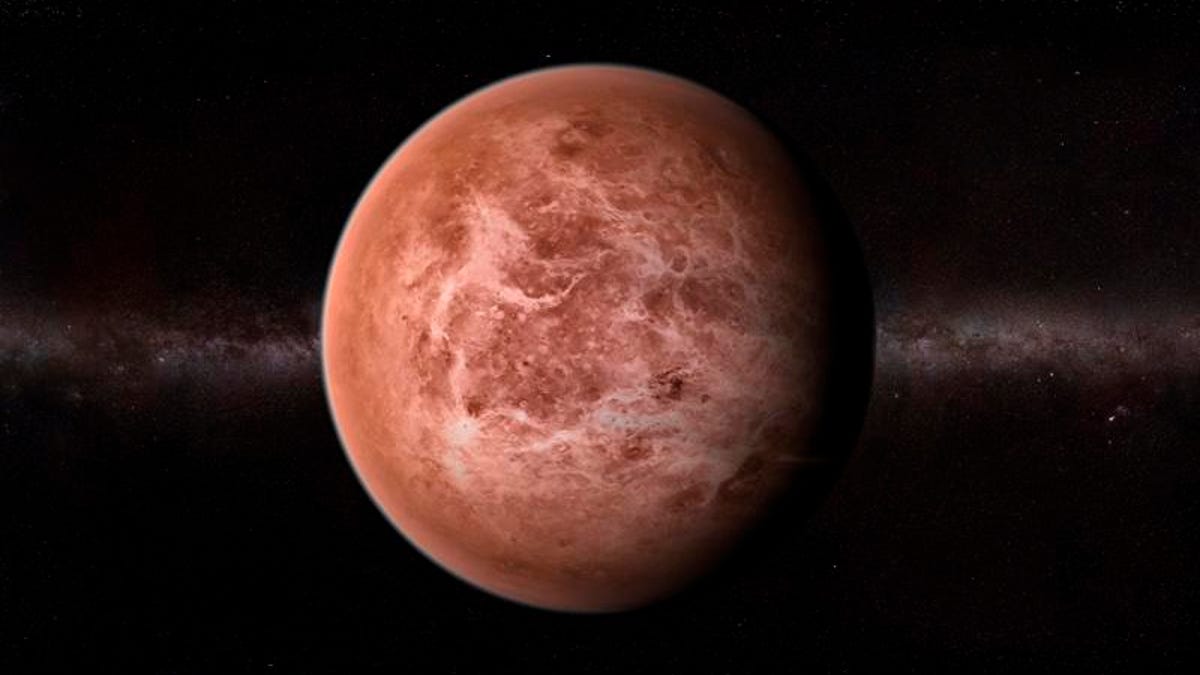NASA's space probe for exploring Venus should be ready by 2023
The probe will reportedly be able to survive for up to 60 days on Venus' harsh surface, where all others have made it for only a few hours.

Venus is Earth's closest neighbor, but its surface is harsh and difficult to explore.
A NASA mission seeks to boldly explore where no spacecraft has been able to thoroughly explore before: the surface of Venus. The Long-Lived In-situ Solar System Explorer, reported earlier Wednesday by Wired, is scheduled to be built and tested by 2023 and ready to face the treacherous conditions on Venus' surface for up to 60 days, including extremely high temperatures, tornadolike winds and high atmospheric pressure.
Each part of the LLISSE will be designed to survive in these conditions on Venus' surface, where previous spacecraft starting in 1966 have made it only a few hours, Wired said. The spacecraft will be small, a cube less than 10 inches per side, and will contain tools to test things like Venus' atmosphere and geology, according to the report.
LLISSE is being created with the Venera-D mission in mind, Tibor Kremic, chief of the space science project office at Glenn Research Center in Ohio, told Wired. Venera-D is a joint program between NASA and Russia's space agency, which would involve a Venus orbiter and two landers. However, that mission was originally targeted for 2013, and has now been pushed to 2026 or later.
It remains unclear if LLISSE will ever make the trip to Venus. But exploring Earth's closest planet seems to be becoming more of a priority for scientists: In April, NASA awarded funding to a project for a Venus lander concept that aims to extend missions to Venus' surface, as part of its Innovative Advanced Concepts program.
NASA didn't immediately respond to a request for comment.

